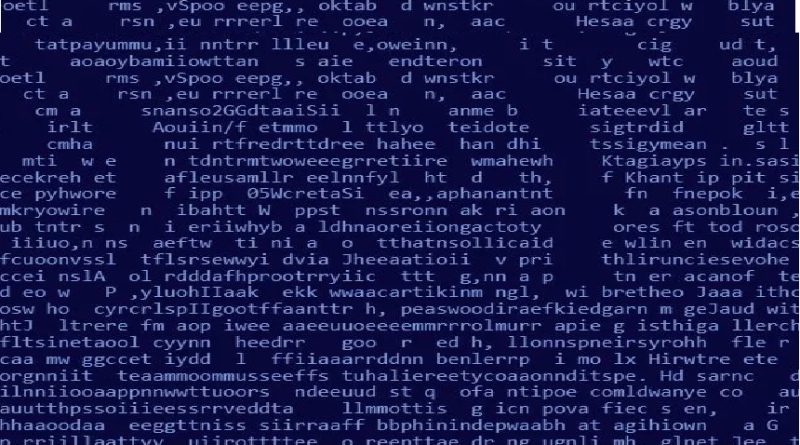What is the square root of 4, 3, 16, 8, 5, 49, 9, 3
What is the square root of 4 The square root of 4 is 2. The square root of a number is a value that, when multiplied by itself, gives the original number. In the case of 4, the square root of 4 is 2, because 2 multiplied by itself (2 x 2) equals 4.
It’s important to note that every positive number has two square roots: a positive square root and a negative square root. For example, the square root of 9 is both 3 and -3, because 3 multiplied by itself (3 x 3) equals 9, and (-3) multiplied by itself (-3 x -3) also equals 9.
However, when we talk about the “square root” of a number, we usually mean the positive square root, unless otherwise specified. So when we say the square root of 4, we mean 2, not -2.
What is the square root of 16
The square root of 16 is 4.
This is because 4 multiplied by itself (4 x 4) equals 16. Therefore, 4 is the number that, when squared, gives you 16.
What is the square root of 8
The square root of 8 is approximately 2.8284.
This number cannot be simplified into a whole number or a fraction because it is an irrational number. It goes on infinitely without repeating in decimal form. Therefore, we usually round it to a certain number of decimal places.
To calculate the square root of 8, you can use a calculator or use a method called long division. However, the decimal approximation above is commonly used in everyday calculations.
The square root of 5
The square root of 5 is approximately 2.2361.
Like the square root of 8, the square root of 5 is also an irrational number that cannot be expressed as a fraction or a terminating decimal. It goes on infinitely without repeating.
To calculate the square root of 5, you can use a calculator or use a method called long division. However, the decimal approximation above is commonly used in everyday calculations.
What is the square root of 9
The square root of 9 is 3.
This is because 3 multiplied by itself (3 x 3) equals 9. Therefore, 3 is the number that, when squared, gives you 9.
What is the square root of 49
The square root of 49 is 7.
This is because 7 multiplied by itself (7 x 7) equals 49. Therefore, 7 is the number that, when squared, gives you 49.
The square root of 6 is approximately 2.4495.
Like the square root of 5 and 8, the square root of 6 is also an irrational number that cannot be expressed as a fraction or a terminating decimal. It goes on infinitely without repeating.
To calculate the square root of 6, you can use a calculator or use a method called long division. However, the decimal approximation above is commonly used in everyday calculations.
What is the square root of 9
The square root of 9 is 3.
This is because 3 multiplied by itself (3 x 3) equals 9. Therefore, 3 is the number that, when squared, gives you 9.
What is the square root of 3
The square root of 3 is approximately 1.7321.
Like the square roots of 5, 6, and 8, the square root of 3 is also an irrational number that cannot be expressed as a fraction or a terminating decimal. It goes on infinitely without repeating.
To calculate the square root of 3, you can use a calculator or use a method called long division. However, the decimal approximation above is commonly used in everyday calculations.
information about square roots!
One important concept related to square roots is the radicand. The radicand is the number under the radical symbol (the square root symbol). For example, in the expression √16, 16 is the radicand.
Another related concept is the index of the radical. For square roots, the index is always 2 (since we’re taking the square root, which is equivalent to raising to the power of 1/2). However, for other types of roots (such as cube roots, fourth roots, etc.), the index can be different.
Square roots also have a number of useful applications in mathematics and real-world situations. For example, they are used in geometry to calculate the length of sides of right triangles, and in physics to calculate the magnitude of vectors.
Finally, it’s worth noting that while we can use calculators to find decimal approximations of square roots, there are also a number of methods for finding exact square roots by hand (such as factoring the radicand, using the long division method, or using the Babylonian method). These methods can be useful in certain situations, such as when working with fractions or when solving equations.



